Building Healthy Homes in West Michigan
Enhancing Your Well-Being with Thoughtfully Designed Living Spaces
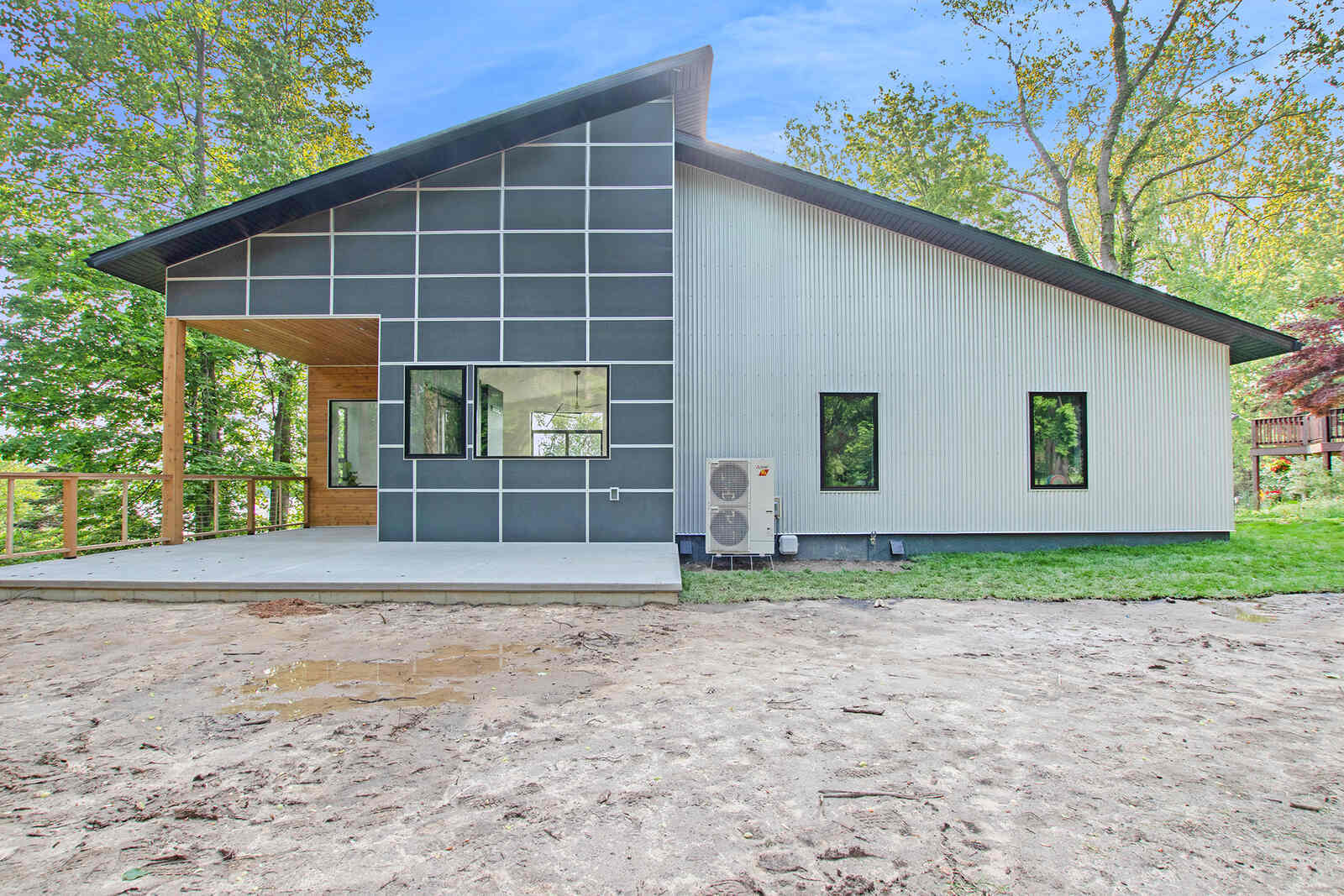
Our Commitment to Your Health
A truly exceptional home goes beyond aesthetics and energy efficiency; it promotes its occupants' health and well-being. Our approach to building healthy homes encompasses four key elements: healthy air, healthy materials, a healthy environment, and safety and security. By focusing on these aspects, we create living spaces that support your family's health, comfort, and peace of mind.
Healthy Air Starts Here
An airtight home is the healthiest home. Building your new home airtight is the key to making it the most comfortable home you have ever experienced. The less air leakage through the home, the more durable it is and the more comfortable and consistent your daily experience. An airtight home is the foundation of an efficient home.
Since air pollution comes from both indoor and outdoor sources, creating a healthy home requires a multi-step approach to controlling pollutants, maintaining air quality, and ensuring optimal comfort. Here are the four essential steps to provide your family with cleaner, healthier indoor air.
Frequently Asked Home Health Questions
- What makes a home 'healthy'?expand_more
- A healthy home is designed and built to promote the well-being of its occupants by ensuring good indoor air quality, using non-toxic materials, maintaining comfortable humidity levels, and providing a safe and secure environment.
- How does R-Value Homes ensure healthy indoor air quality?expand_more
- We build airtight homes to prevent outdoor pollutants from entering and use controlled ventilation systems like Energy Recovery Ventilators (ERVs) or Heat Recovery Ventilators (HRVs) to bring in fresh, filtered air while exhausting stale air. This approach ensures a consistent supply of clean air inside your home.
- Why is humidity control important in a healthy home?expand_more
- Mold and other undesirables LOVE high humidity, while low humidity leaves our bodies more susceptible to virus infection. But don’t forget the importance of comfort: low humidity leaves your skin dry and itchy, and high humidity is just plain miserable.
- What materials does R-Value Homes use to promote a healthy living environment?expand_more
- We select low-VOC and non-toxic materials to minimize indoor pollutants. Additionally, our construction methods, such as using Insulated Concrete Forms (ICFs), enhance the home's durability and contribute to a healthier indoor environment.
- How does an airtight home contribute to better health?expand_more
- An airtight home prevents unfiltered outdoor air from entering, reducing the infiltration of pollutants, allergens, and humidity. Combined with proper ventilation, this creates a controlled indoor environment that supports better health and comfort.
- How do you protect against mold when building a home?expand_more
- Insulated Concrete Form (ICF) construction eliminates condensation hidden in the wall cavities, a common cause of mold growth. Traditional building methods can allow moisture to condense on cold exterior sheathing, leading to mold and structural damage. ICF walls eliminate this issue by providing continuous insulation and airtightness, preventing moisture accumulation even in extreme conditions. This results in healthier indoor air quality and more durable homes.
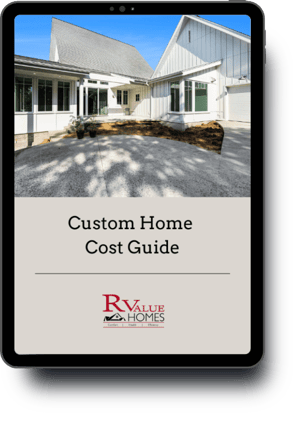
Custom Home Cost Guide
Ready to plan your dream home? Our Custom Home Cost Guide takes the guesswork out of budgeting and helps you make informed decisions. Discover what it really takes to bring your vision to life with confidence and clarity.
- Learn the average costs for custom homes in West Michigan
- Get tips to maximize your budget without compromising quality
- Understand the factors that influence custom home costs
Where We Work
R-Value Homes proudly serves West Michigan, including Greater Grand Rapids and surrounding towns, with custom homes and ICF installation. We create homes tailored to our clients' unique needs and lifestyles. Don’t see your area listed? Reach out to us today to find out if we serve your location. We’re always expanding our reach to help more West Michigan families build their dream homes.
Our Service Area
- Grand Rapids
- East Grand Rapids
- Ada
- Lowell
- Wayland
- Middleville
- Rockford
- Caledonia
- Byron Center
- Hudsonville
- Allendale
- Jenison
- Grandville
- Zeeland
- Holland
- Fennville
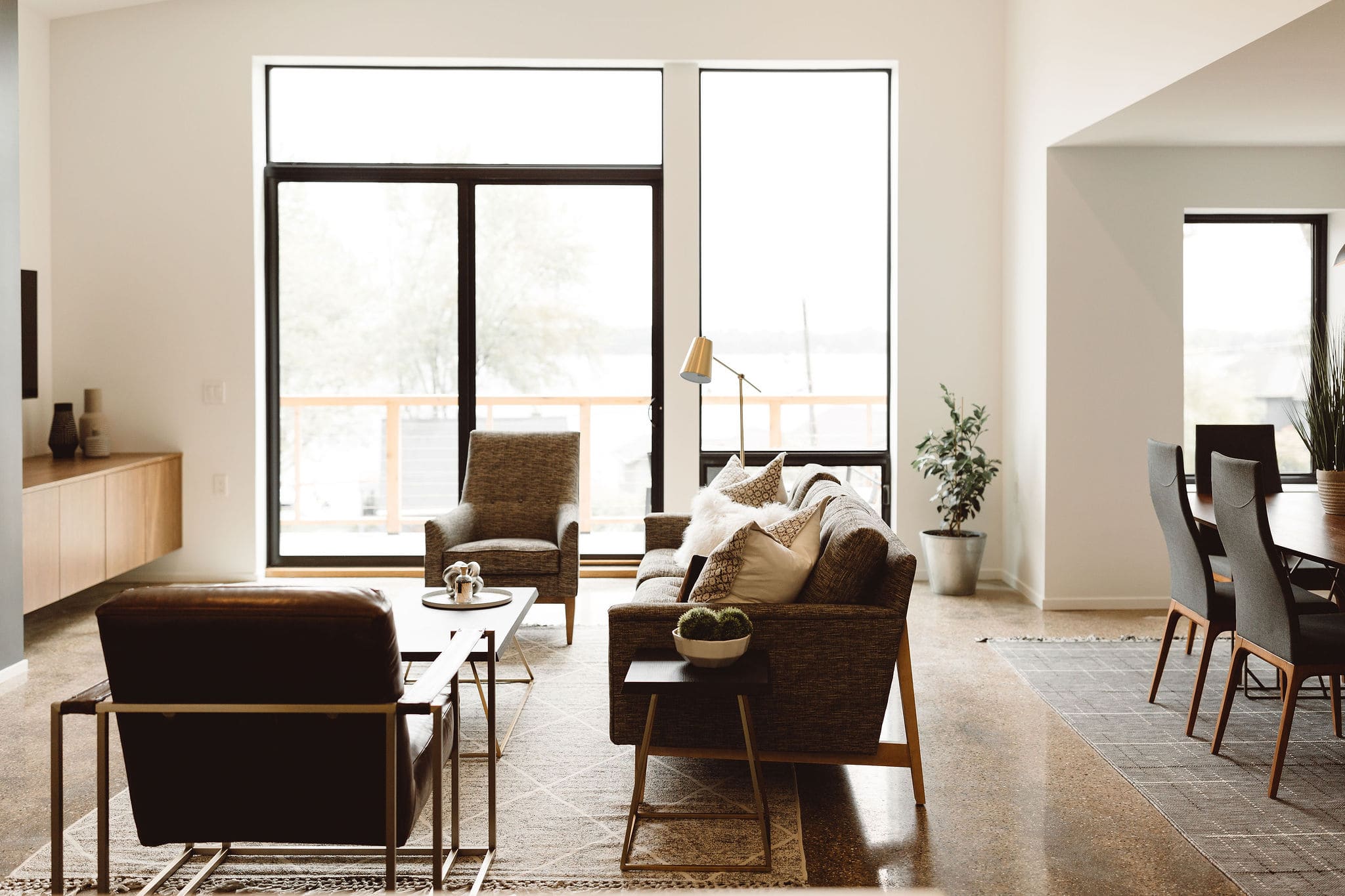
What Our Clients Think
"My wife and I interviewed several builders for our ICF home that we had designed. Ultimately we chose R-Value Homes because Jake and is employees/partners are very honest and hardworking. They worked with us to keep the project on budget and completed it in the time frame that was estimated. The build quality is superb.
Also, Jake's experience and expertise in building net zero and high efficiency homes is undeniable. The build quality and overall solid feel of the home is impressive. We couldn't be happier about how it turned out."
James Felgner
Custom Home
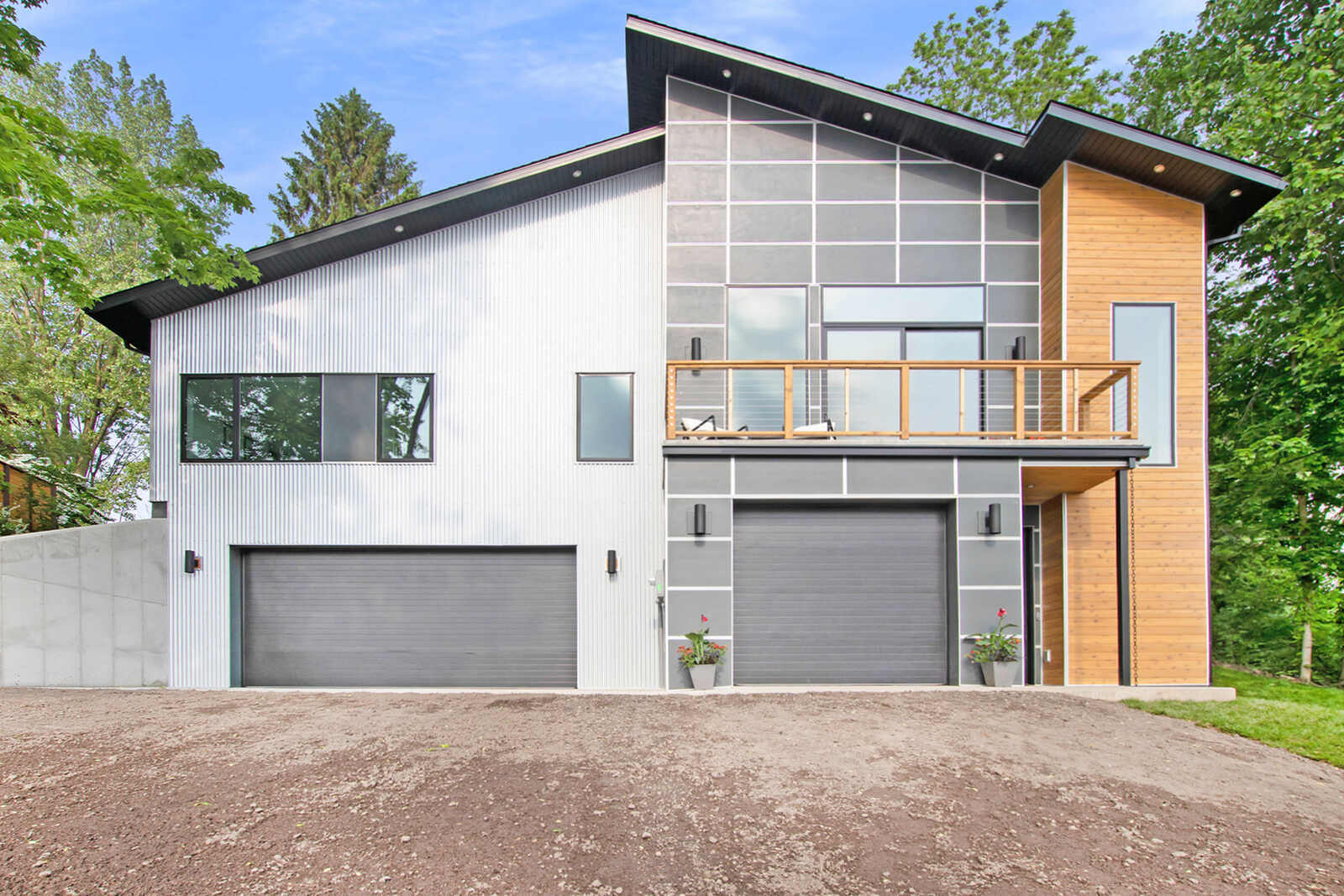
What Our Clients Think
"Working with RValue Homes was amazing. Jake is very detail oriented and creative. He always returned our communications quickly and stayed on top of all the different people in our home. RValue Homes surrounds itself with excellent craftsman as well- from the people who worked on the interior wall framing to the final trim guys- they were very trustworthy and we enjoyed talking with them everyday we stopped by the house while it was being built. Having an ICF home for the first time, we have had a lot of questions and Jake has been thorough with his descriptions and answers to our questions. We love our new home and would not change a thing."
Va Nia Tjalsma
ICF Custom Home
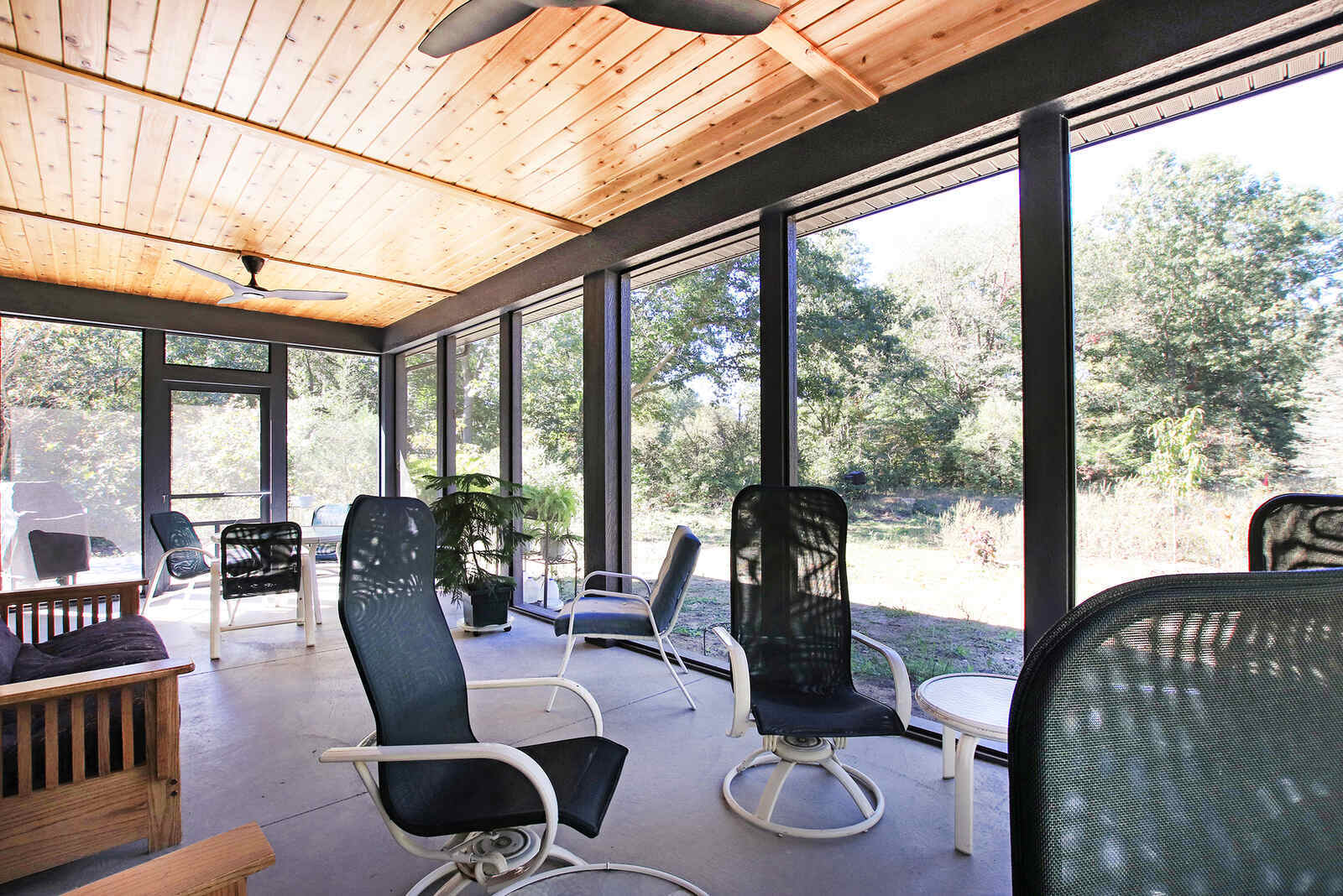
What Our Clients Think
"Jake and his team are beyond amazing. They are honest, hard working people, and you will get exactly what they offer. Our home is beautiful, energy efficient, clean, and unique. It wouldn’t be the same home if it were built by a different company."
Sarah McCracken
Custom Home
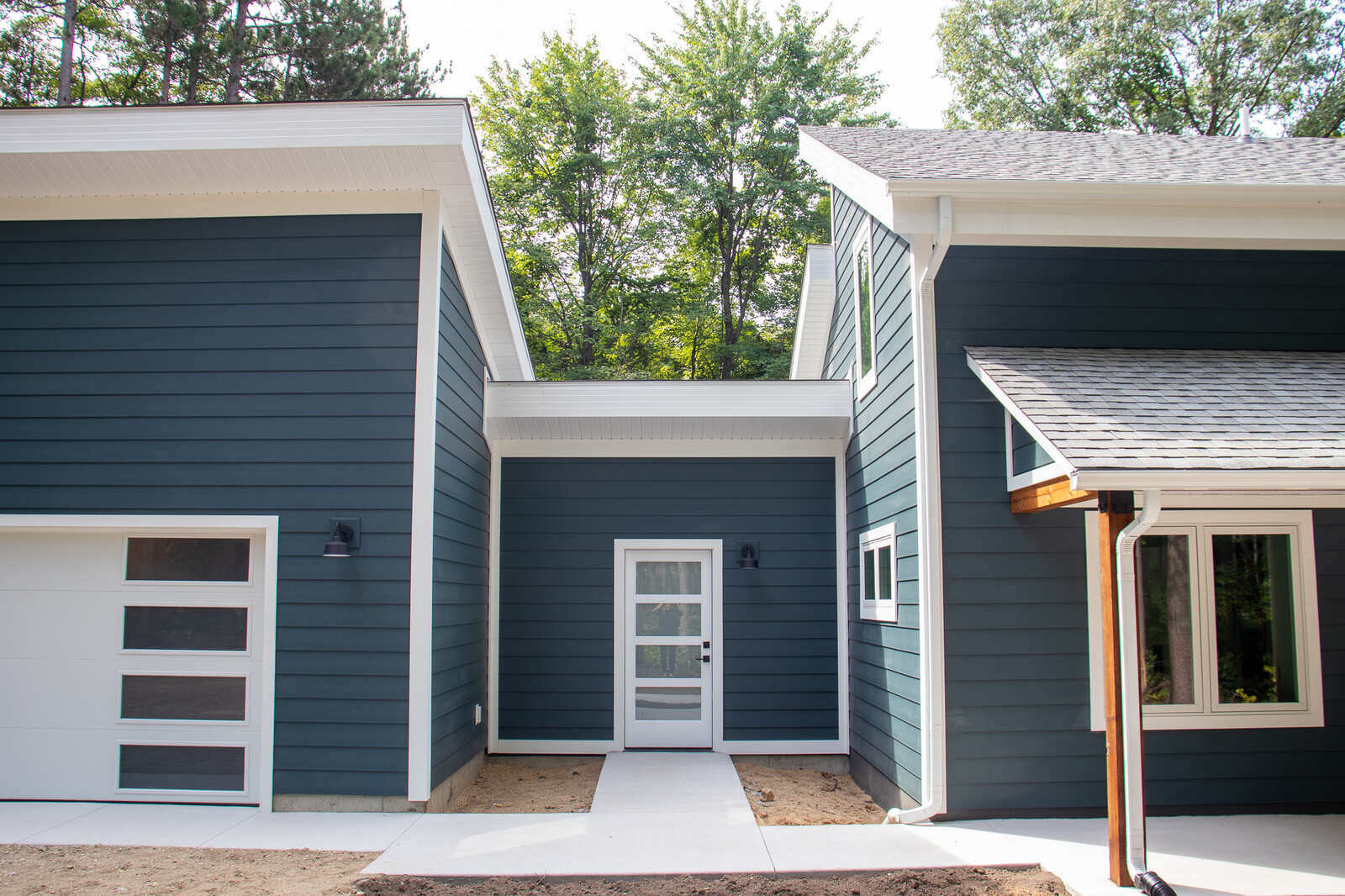
What Our Clients Think
"Here’s why R-Value Homes is the best. We had a minor HVAC issue last night at 9:00 pm. Called Jake, who built our house over 2 years ago. He said he could be out first thing in the morning. He was at our house right when he said he would be and fixed the issue in minutes. A few hours later he sent us a follow up email with 3 different options to make sure the issue doesn’t happen again. The service and professionalism is beyond expected and so appreciated. We can’t say enough good things about R-Value Homes!"
Michael McCracken
Custom Home
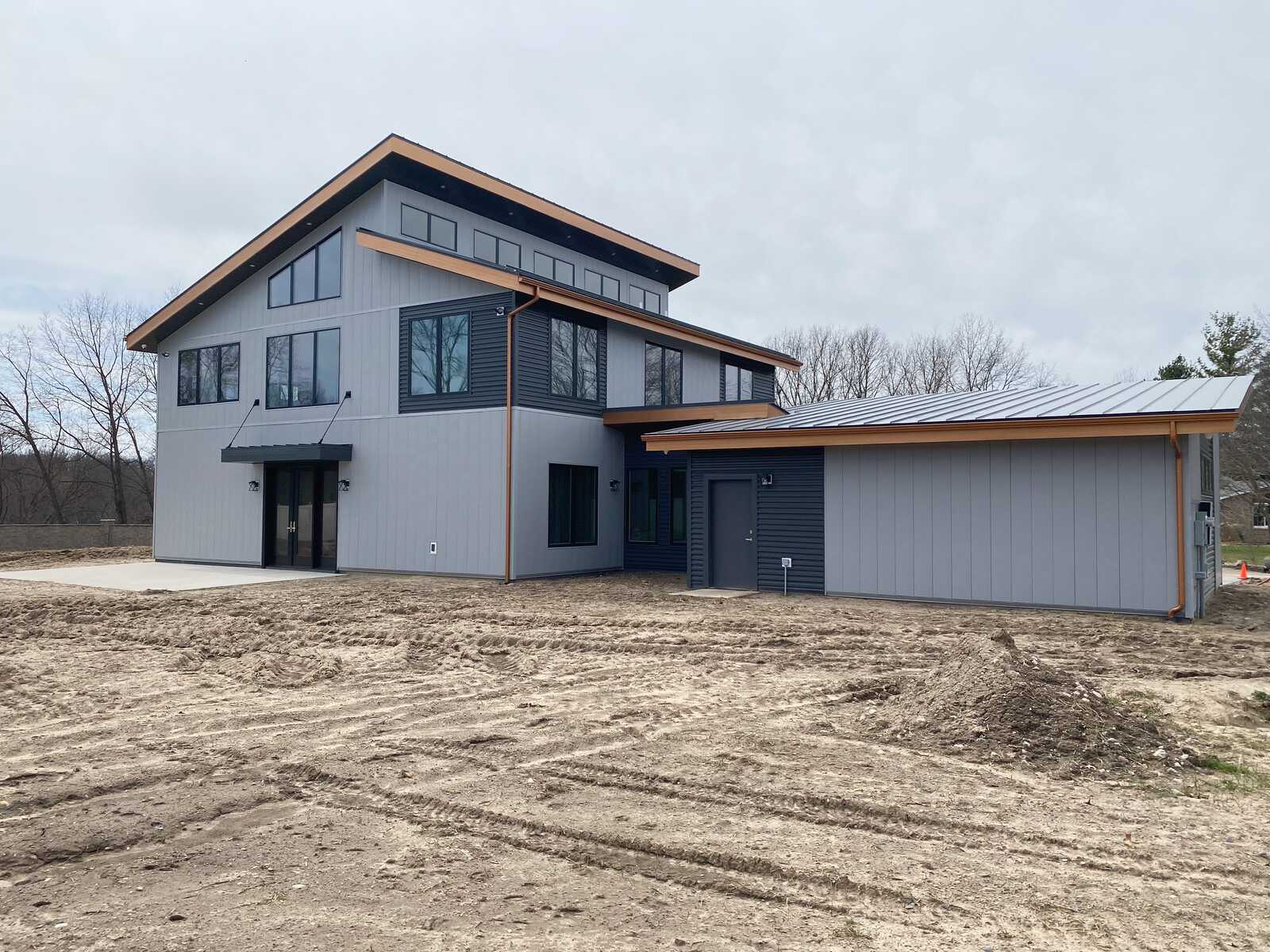
What Our Clients Think
"R-Value has done numerous concrete projects for us over the years. The owner of the company has excellent character, is trustworthy and reliable. This company stands behind their work, even when it cost them financially to do so."
Jeff Sneller
Custom Home
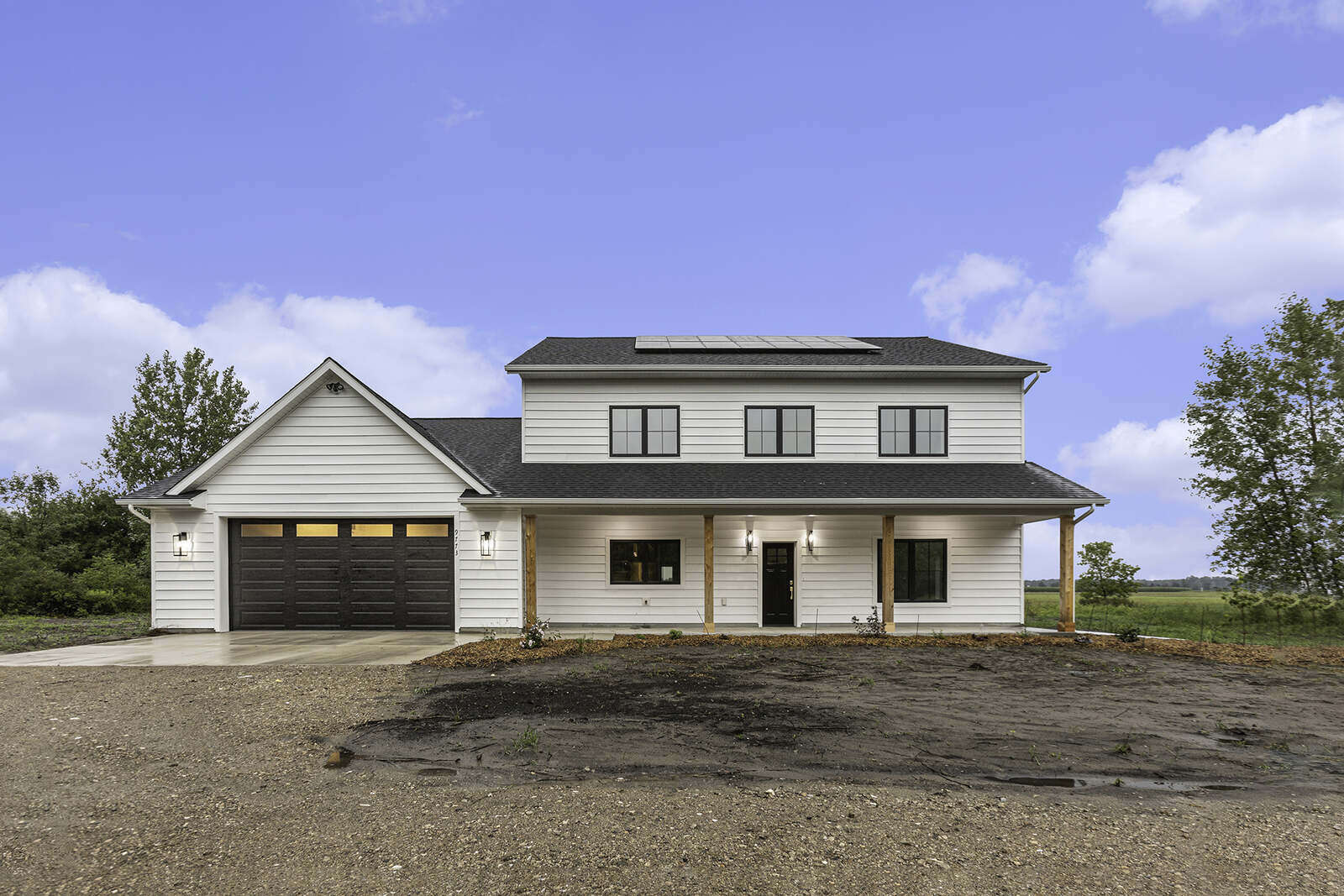
What Our Clients Think
"We were very pleased with the work they did. We would highly recommend them. Quality workmanship."
Paula Wagenaar
Custom Home
Ready to Build the Perfect Home?
Let’s Bring Your Vision to Life
Your ideal home is closer than you think—energy-efficient, healthy, and tailored to your lifestyle. Contact us today to get started and see how R-Value Homes can make it happen!
